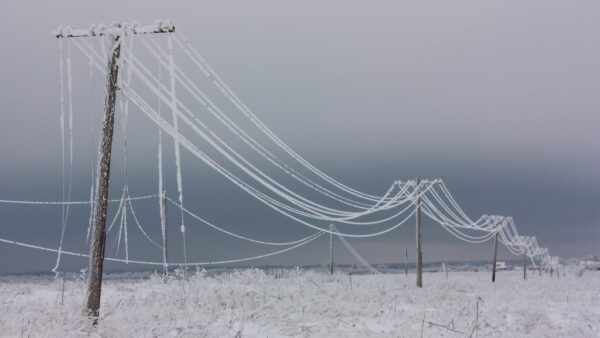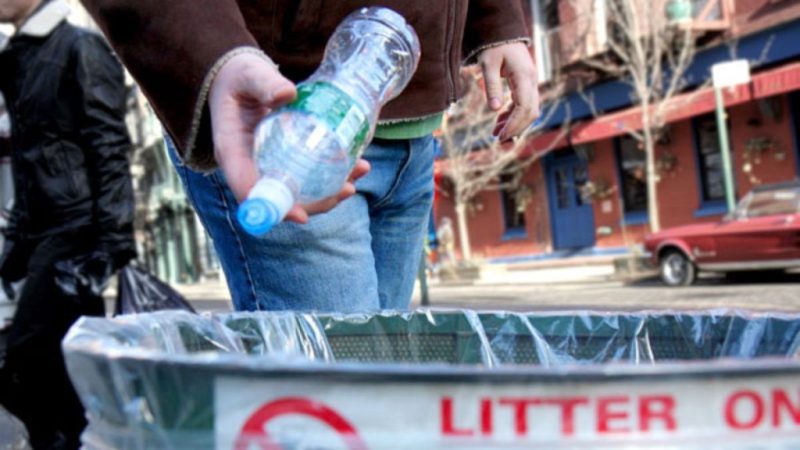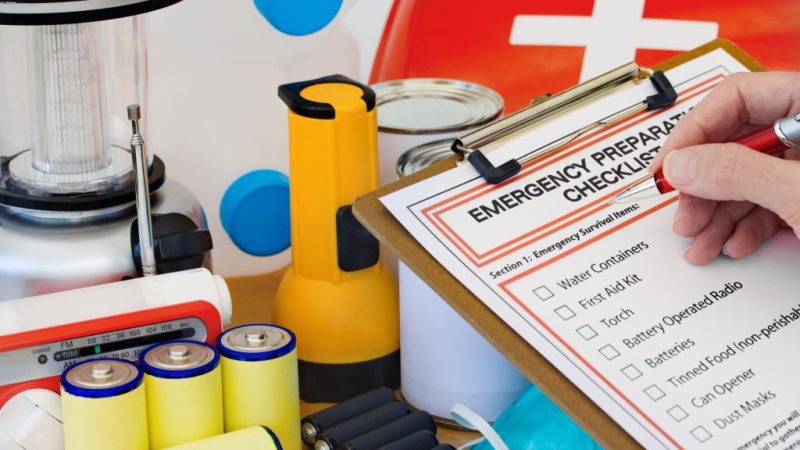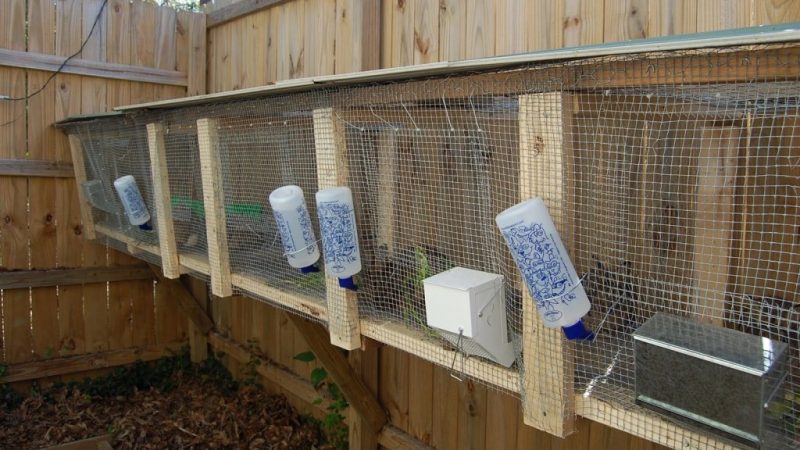A power outage may cause a lot of trouble, especially in the chilly winter months when losing heat can be a big problem. It’s crucial to have a strategy in place in case you lose power so that you can keep your house warm and cozy until the power is restored. In this article, we’ll go through a range of strategies you can employ to keep your house warm during a power outage without using heat.
Sealing down breezes and insulation gaps is one of the most crucial things you can do to keep your house warm during a power outage. It may be more difficult to maintain a pleasant temperature in your home because of these little gaps that let chilly air in. You can use a range of materials, like weather stripping, draft stoppers, or even a towel that has been folded up, to block drafts.
Alternative heat sources
Utilizing alternate sources of heat is another option to keep your house warm without using a heater. You may be able to generate heat during a power outage if you have a fireplace or a wood stove. Just be careful to adhere to the correct safety precautions while utilizing these heating sources, as they can cause fires if not utilized properly.
You can use candles, kerosene heaters, or even a gas grill as additional heat sources if you don’t have a fireplace or wood stove. You prevent any mishaps, make sure to utilize these resources carefully and adhere to all safety precautions.
During a power outage, alternative heat sources can be a lifeline, but it’s crucial to utilize and maintain these heat sources carefully to prevent any mishaps. Here are some guidelines for using and caring for alternative heat sources:
- Wood stoves: If you have a wood stove, make sure to use it according to the correct safety precautions. Use only dried, seasoned wood; using damp or green wood will increase creosote production, which can cause a chimney fire. To lower the chance of a chimney fire, it’s also a good idea to get your chimney examined and cleaned once a year. Utilize kindling and little bits of wood to start a fire in your wood stove, and keep an eye on it at all times.
- Kerosene heaters: Kerosene heaters can be a terrific alternative heat source, but it’s crucial to use them in accordance with the correct safety precautions. Kerosene is the only fuel that should ever be used; never use gasoline since it can be quite deadly. Additionally, it’s a good idea to keep the heater at least three feet away from any combustible materials. Finally, you should never leave the heater on while you’re away from it. In order to use and maintain your kerosene heater correctly, make sure you adhere to the manufacturer’s recommendations.
- Propane: In an emergency, a propane grill can serve as a substitute heat source. Just make sure to abide by the correct safety precautions when using the grill. Never use inside your house because it might be quite dangerous. Additionally, it’s a good idea to place the grill at least 10 feet away from any combustibles and to never leave it in operation unattended. Ensure that you operate and maintain your propane grill according to the manufacturer’s directions.
Insulating Your Home
During a power outage, it’s crucial to both produce heat and conserve as much heat as you can. Keeping your home’s windows and doors closed as much as you can will help stop chilly air from entering. To cover windows and provide an additional layer of insulation, you can also use thick drapes or blankets.
Proper insulation is key to retaining heat in your home and making it more energy efficient. Here are some tips on how to insulate your home to retain heat:
- Wall insulation should be added because it is more difficult to maintain a pleasant temperature in a home with insufficient wall insulation. You have two options for adding insulation to your walls: hire a contractor or do it yourself. The appropriate sort of insulation for your walls must be chosen if you prefer to do it yourself. Fiberglass batts, cellulose, and spray foam are a few alternatives. To prevent any accidents, make sure to install the product in accordance with the manufacturer’s instructions and to wear safety gear.
- Insulate your attic: Another typical place where heat might escape is the attic. You must calculate the precise quantity of insulation required for your home before you can properly insulate your attic. This will depend on your attic’s size, the insulation you use, and the climate where you live. Once you are aware of the quantity of insulation you require, you can either hire a specialist or do it yourself. Just make sure to put on protective gear and install the product according to the manufacturer’s instructions.
- Insulate your floors: Heat can also escape through the floors, especially if you have an uninsulated crawl space or basement. If you have a crawl space, you can add insulation to the floor joists to keep the heat in your home. You can also add insulation to an uninsulated basement floor. Adding rugs or carpets to your floors can help to insulate your home by providing an extra layer of insulation.
Limiting the time you spend in your home’s unheated sections is another approach to save heat. Try to spend the majority of your time in a room that is particularly well-insulated or has a fireplace to benefit from the added heat. Electric blankets or portable space heaters are other options for keeping warm while you sleep.
In order to keep your home warm during a power outage, you might need to take extra precautions if you have a large family or live in an area that gets very cold. One choice is to run your home’s heating system off of a generator. Just be sure to abide by the correct safety precautions and never use a generator inside your home.
Utilizing a portable heating system like a wood-burning stove or a gas heater is an additional choice. Depending on the size of the unit and your demands, you may use these systems to heat a single room or your entire house. Just make sure you abide by the right safety precautions when utilizing these technologies to prevent any mishaps.
Creating a survival kit for power outages
Building a survival kit for power outages can keep you secure and comfortable in case of an emergency. You might think about having the following items in your survival pack in case of a power outage:
Batteries and flashlights: In the event of a power outage, having a flashlight (or many) on hand is a must. You can use flashlights to safely navigate your home and to call for assistance if necessary. Make sure your package has additional batteries so you can swap them out as needed.
Warm clothing: Staying warm during a power outage is crucial, especially if the weather outside is chilly. Be sure to pack blankets, coats, caps, gloves, and other warm gear in your survival kit.
Non-perishable food: In the event of a power outage, having a stock of non-perishable food on hand will help you stay nourished. Granola bars, almonds, dried fruit, and canned products are a few excellent alternatives.
Water: In the event of a power loss, having a supply of sanitary drinking water is crucial. Incorporate bottled water into your survival gear, or prepare for a probable power outage by filling up containers with tap water.
First aid kit: Accidents can occur during a power outage, so having a first aid kit on hand is a good idea. Basic supplies including bandages, gauze, antiseptic wipes, and any required prescriptions should be included.
Multipurpose tool: During a power outage, a multipurpose tool, such as a Swiss Army knife or a Leatherman, can be helpful in a number of circumstances. You can cut things with these tools, open cans with them, and do other things.
Overall, a survival kit for power outages is a valuable item to have on hand in case of an emergency. You may be ready for any circumstance that may arise during a power outage by packing essentials like flashlights, warm clothing, non-perishable food, water, a first aid kit, and a multipurpose tool.
The Final Word
In conclusion, there are a variety of techniques to keep your house warm during a power outage without using heat. You may stay cozy and warm until the electricity is restored by blocking off drafts, using alternative sources of heat, conserving heat, and taking extra precautions if necessary. Just make sure to go by the right safety procedures and standards to prevent any mishaps.






